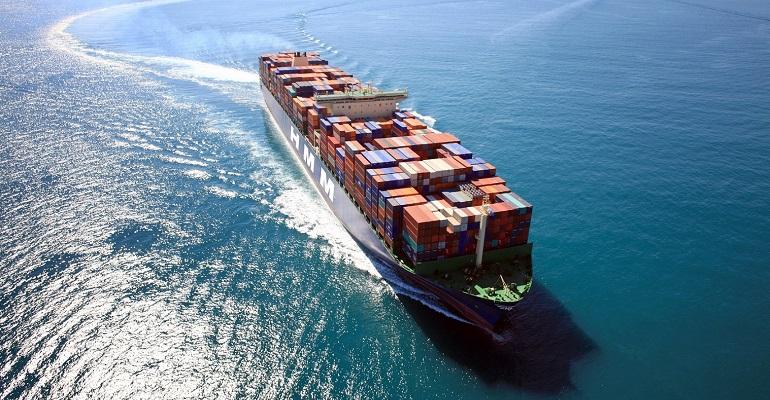Container leasing platform Container xChange said that shipping companies had placed orders in China for more than 750,000 teu of ISO containers in the past two months. The demand comes as container lines avoid transiting the Red Sea, instead taking the longer route around the Cape of Good Hope, a change which absorbs market capacity.
Further short term pressure is present in the market as Chinese New Year approaches and forwarders and shippers scramble to get shipments out before Chinese manufacturing closes down for the week of February 10.
Christian Roeloffs, cofounder & CEO, Container xChange, said that disruption from the Red Sea will lead to retailers drawing on their buffer stocks to keep shelves full in stores but fall short of reaching the criticial state of empty shelves and product shortages. The situation should bring a new approach to managing inventories, he argued.
“Retailers must get used to keeping higher inventories as Supply Chain disruptions become a norm… as we witness continued disruptions disturbing the global supply chains in the mid to long term, we will see enhanced supply chain resilience.” said Roeloffs.
Slot prices for carrying containers on Asia-Europe and other trades dependent on the Red Sea have risen sharply in recent weeks as capacity tightens and costs for insurance and bunkers increase. “The average rate on China-Europe quoted this week is about $5400 per 40’HC, up from $1,500, or three times just the week before,” said Roeloffs.
Container spot rates in the Latin America East region have risen by 48% in the 30 days to January 11.
“We foresee that the rate hikes will flatten out in the mid to long term. We have enough capacity which can be soaked up in longer transit times and yet not cause permanent capacity crunch.” said Roeloffs.
As the impact of the diversion of some 500 vessels out of 700 set to transit the Red Sea is felt in the market, Roeloffs gave three pieces of advice to companies getting to grips with such disruption. Holding adequate safety stocks is crucial to absorbing shocks, and enhanced flexibility can be achieved through diversification of networks and suppliers, removing single points of failure in the supply chain. Lastly, Roeloffs recommended leveraging technology to improve timelines in identifying problems and enhancing decision making with real-time information.
Copyright © 2024. All rights reserved. Seatrade, a trading name of Informa Markets (UK) Limited.
Add Seatrade Maritime News to your Google News feed.  |

